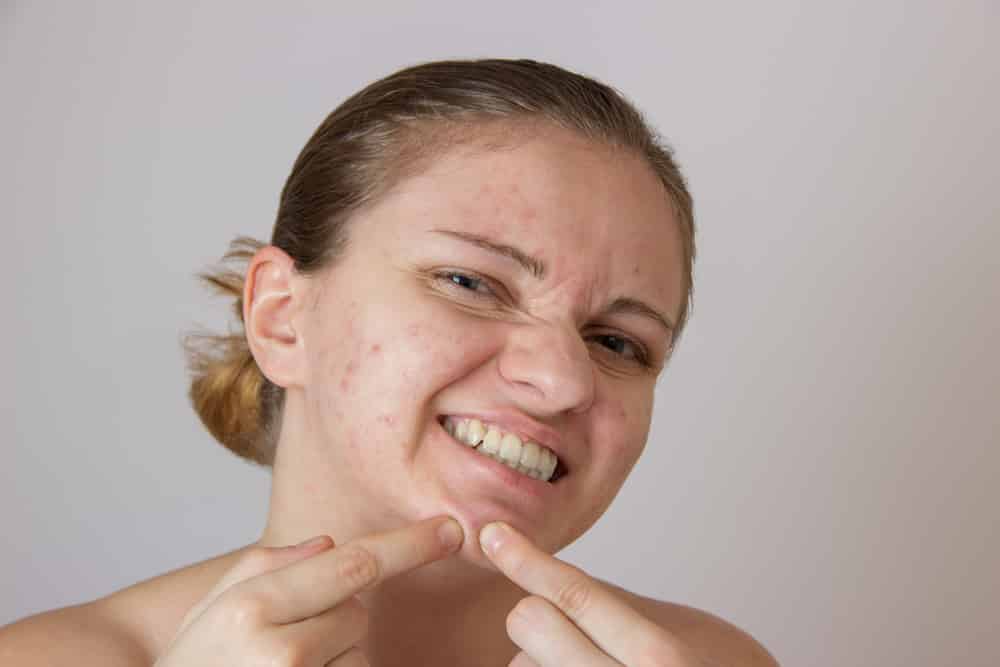Testosterone is the hormone that makes men, well, men. It is responsible for many of the physical and sexual characteristics of men. It plays a vital role in muscle mass, bone density, and red blood cell production. So when testosterone levels start to dip, it can be a big problem.
Low testosterone, or male hypogonadism, can cause a variety of symptoms, including fatigue, low sex drive, and reduced muscle mass. If left untreated, it can lead to osteoporosis and an increased risk of heart disease. Low testosterone can be treated with medication, hormone therapy, and lifestyle changes.
Other names for low testosterone and male hypogonadism include:
- Testosterone deficiency syndrome.
- Testosterone deficiency.
- Primary hypogonadism.
- Secondary hypogonadism.
- Hypergonadotropic hypogonadism.
- Hypogonadotropic hypogonadism.
What does testosterone do?
Testosterone is the main male sex hormone, responsible for the development of male reproductive tissues and secondary sex characteristics. Testosterone levels peak during puberty and decline with age. Although testosterone is most often associated with masculinity, it is also present in women in smaller amounts. Testosterone plays a role in many different bodily functions, including muscle growth, bone density, and libido.
Your testosterone levels are controlled by the hypothalamus and pituitary gland. The levels are typically highest in the morning and decline through the day.
What is a low testosterone level?
According to the American Urology Association (AUA), testosterone levels are considered low, if the level is less than 300 nanograms per deciliter (ng/dL) for adults.
However, some researchers and healthcare providers disagree with this and feel that levels below 250 ng/dL are low. Providers also take symptoms into consideration when diagnosing low testosterone.
Low testosterone is more likely to affect people who:
- Are older.
- Have obesity.
- Have poorly managed Type 2 diabetes.
- Have obstructive sleep apnea.
- Have chronic medical conditions, such as kidney dysfunction or cirrhosis of the liver.
- Have HIV/AIDs.
How common is low testosterone?
According to research, about 2% of men may have low testosterone, And other studies have estimated that more than 8% of people men aged 50 to 79 years have low testosterone.
What are the symptoms of low testosterone?
There are a number of symptoms that can be associated with low testosterone levels in women. These can include:
- fatigue
- irritability
- mood swings
- difficulty concentrating.
- Enlarged male breast tissue (gynecomastia).
- Decrease in muscle strength and mass.
- Decrease in endurance.
- Erectile dysfunction.
- Loss of armpit and pubic hair.
- Shrinking testicles.
- Low or zero sperm count (azoospermia), which causes male infertility.
Additionally, women with low testosterone may have symptoms such as:
- reduce sex drive
- hot flashes
- weight gain.
Symptoms of low testosterone in children
Low testosterone during puberty for a boy can result in:
- Slowed growth in height, but their arms and legs may continue to grow out of proportion with the rest of their body.
- Reduced development of pubic hair.
- Reduced growth of their penis and testicles.
- Less voice deepening.
- Lower-than-normal strength and endurance.
What causes low testosterone?
There are many potential causes of low testosterone, including age, illness, injury, and medications. Testosterone levels naturally decline with age, so older men are more likely to have low testosterone. Certain illnesses, such as diabetes and kidney disease, can also cause low testosterone. Injuries to the testicles or pituitary gland can also lead to low testosterone levels. And finally, certain medications, such as steroids, can also cause low testosterone.
How is low testosterone diagnosed?
Low testosterone is diagnosed through a combination of medical history, physical examination, blood tests, smoking history, and any symptoms you currently have... The most important part of the diagnosis is the blood test, which measures the level of testosterone in the blood. Low testosterone is defined as a level below 300 ng/dL.
Can low testosterone be prevented?
currently, Healthcare providers and medical researchers don’t know how to prevent low testosterone from genetic conditions or damage to your testicles, hypothalamus, or pituitary gland.
But changing your lifestyle could help keep your testosterone level normal, including:
- Eating a healthy diet.
- Exercise.
- Weight management.
- Avoiding excessive use of alcohol and drugs.
How is low testosterone treated?
There are many treatments available for low testosterone, depending on the cause and severity of the condition. In most cases, testosterone replacement therapy (TRT) is the first line of treatment. TRT involves taking synthetic testosterone in the form of injections, patches, gels, or implants to bring hormone levels back to normal. In some cases, other medications may be necessary to treat conditions that are contributing to low testosterone levels.
At our clinic, we help each patient who is going through a hard time having low testosterone levels with testosterone replacement therapy (TRT). Our doctors are experienced in their field and have helped many patients in their carrier. So, don't hesitate to contact us and let us help you with your problem.
We are conveniently located at Jl Dewi Sri Kuta Bali, Indonesia, and soon will be opening our 2nd branch in Alam Sutera, Tangerang. For more information, please call us or request an appointment online at +6281210688884 / +6281228888837 or Email: [email protected].






